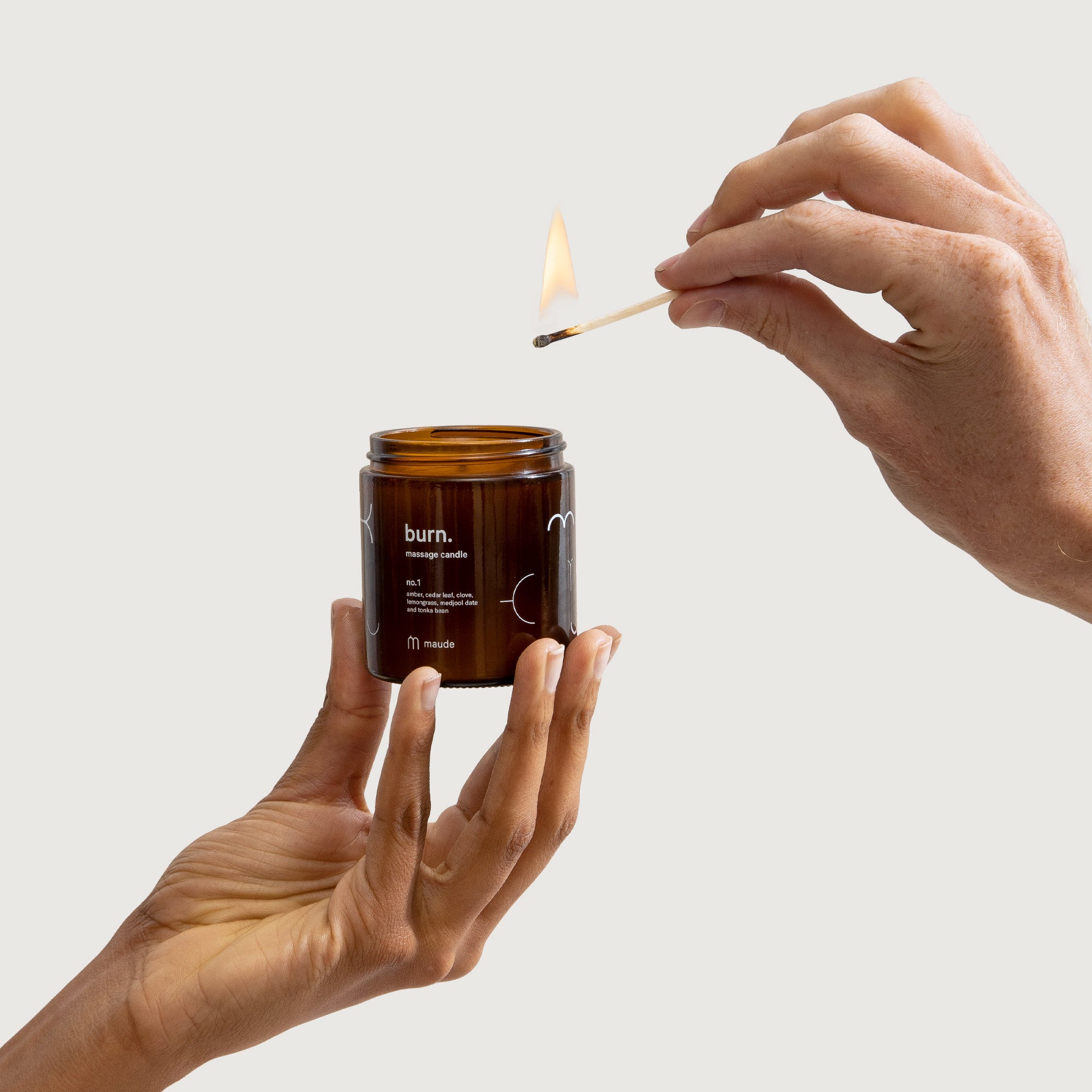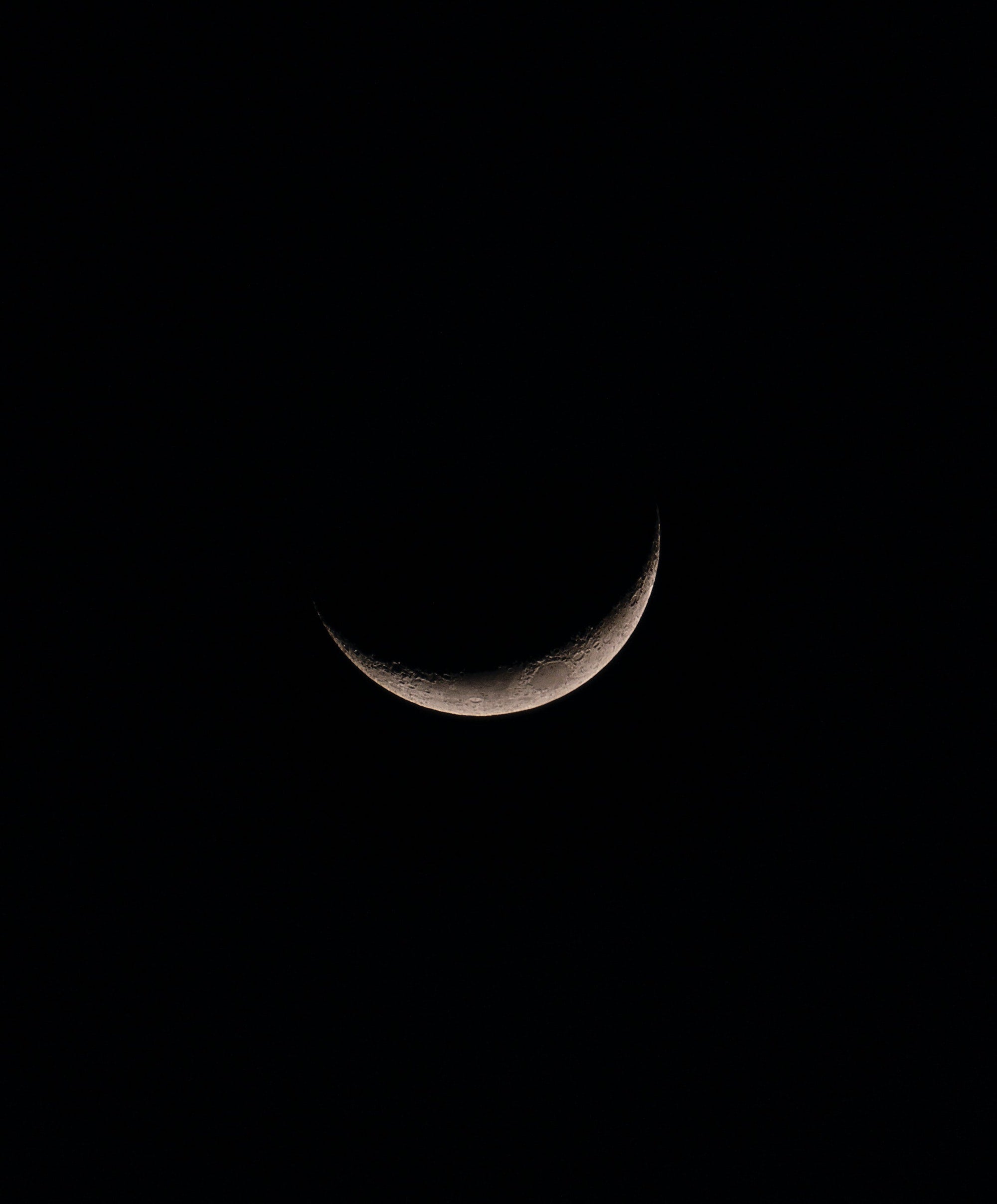A Brief History Of Exchanging Flowers.

From “I love you” to “I’m sorry for your loss”.
When you think about it, the giving and receiving of flowers is a loaded tradition. Nevermind the fact that the very process of curating a bouquet demands that you clip living things (flowers) from the ground—or that, unlike with most gifts, they’ll wilt and die rather quickly. Even more convoluted is the fact that we gift bouquets to communicate any number of wildly disparate, deeply unrelated sentiments: I’m sorry for your loss, I love you, congratulations, thank you. This begs the question, is there not something inherently gruesome about offering your partner the same token on Valentine’s day that you might receive on the day of your grandmother’s funeral?
Well, unsurprisingly, gifting flowers as an expression of emotion dates back to ancient history. Art preserved from ancient Egypt readily depicts flowers as gifts or offerings to the dead—and often, bunches of flowers were laid in tombs amongst other beautiful objects. And speaking of the dead: In “grieving rituals,” Egyptians often wore floral headdresses and carried homemade wreaths or garlands.
If you turn to Greek mythology, on the other hand, you’ll also find ample mention of flowers as representations of different gods and goddesses—and in art throughout the middle ages, flowers appear as critical elements of symbolism. That said, the most salient evidence of historic bouquet-gifting comes from the Victorian era when forthright declarations of affection or dismay were considered uncouth, so flowers became linguistic stand-ins. In fact, at the time, there were even floral dictionaries used to decode any number of meanings behind specific flowers, or specific flower arrangements (apparently, roses gifted upside down rather than right side up indicated anger).
Few of the more granular nuances of the Victorian floral lexicon have survived today—but being that Americans spend $34.3 billion annually on flowers, we’re certainly still turning to floral arrangements as indicators of social and emotional significance. And many of the floral associations that still reign supreme have changed little since they were first recorded in Greek mythology.
And while it would take several pages to explicate the widely accepted cultural and emotional sentiments tied to all common flowers, there are a few essential stems worth knowing:
Daylilies & Daffodils: These are your go-to mother’s day/father’s day flowers. Traditionally indicating both respect and parenthood, these flowers can be traced back to poetic symbols for motherhood in early Tang Dynasty literature.
Lotus Flowers: These guys grow in mud away from sunlight, before blossoming into *highly sought after* blooms—so they’re said to indicate rebirth and perseverance (which makes a lotus flower an excellent house warming gift to usher in a new space).
Lilies: Often associated with the Mesopotamian goddess of love and war, Lilies represent fertility and purity. You’ll typically see them at funeral services as symbols of new birth and new life.
Daisies: It should come as no surprise that children are often drawn to daisies. They’re meant to indicate hope, youth, and vitality—so they’re great gifts for friends or new parents.
Peonies: Popular amongst brides, peonies represent romance and beauty. As China’s national flower, they’re generally referenced as indicating “ultimate beauty.”
Tulips: In almost all cases, tulips are described as representing “perfect love and perfection.” In Persian mythology, the legend of Farhad and Shirin features a young prince sacrificing himself after the love of his life has died—and “from the blood of his sacrifice, the tulip rose.” You get the gist.
Roses: Since time immemorial, red has been associated with love—and red roses, in particular, have indicated deep and passionate romance. That said, white roses are meant to indicate non-romantic love…so avoid offering ‘em up to your partner on Valentine’s day.
Carnations: There’s a reason these are part of the whole prom tradition. They’re said to stand for “fascination and new love”—which certainly makes them high school appropriate.




